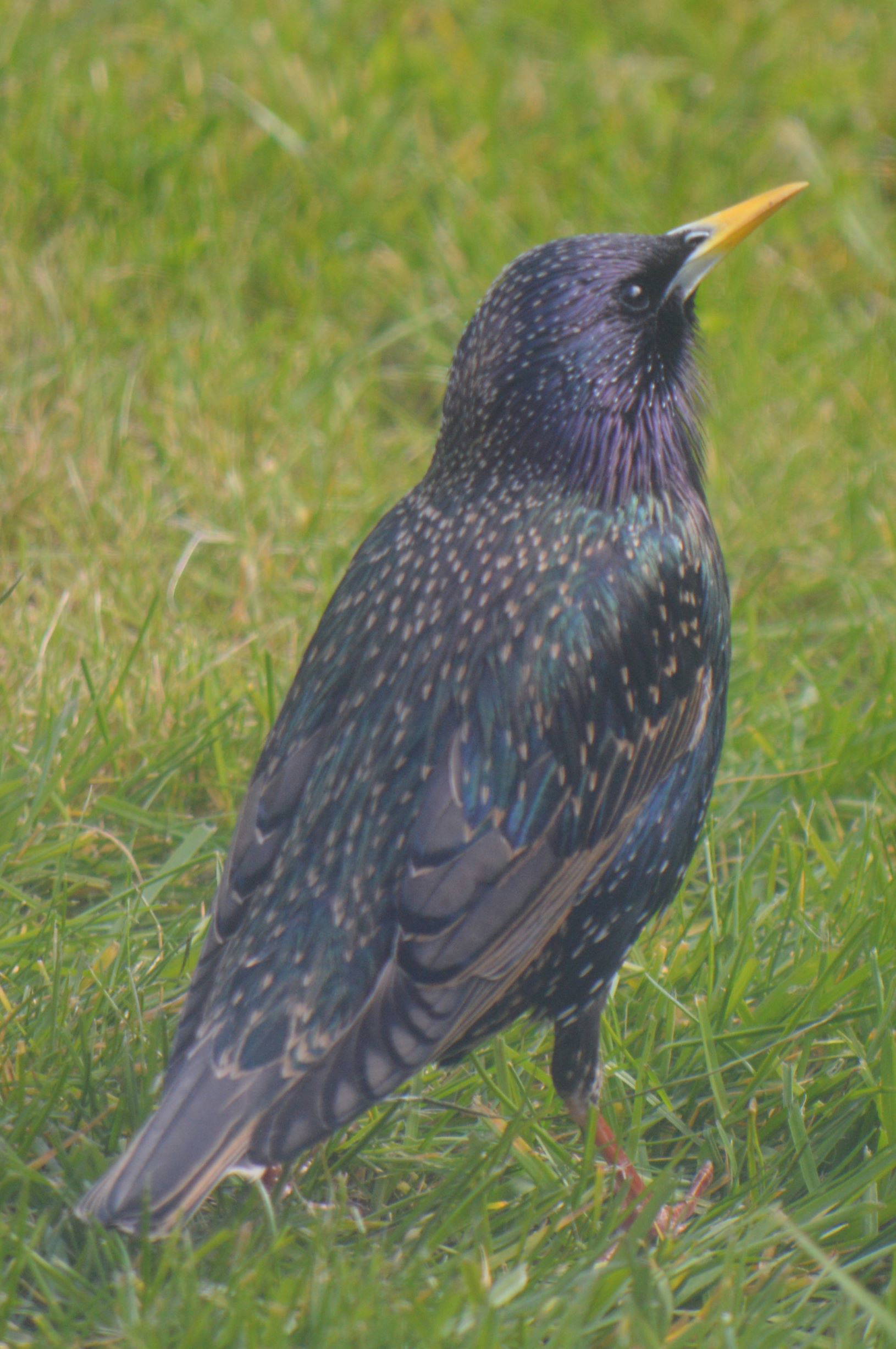Spotted!
Wildlife in (and around) Hailsham
by Tim Fox
Bird song, abundant from Spring into early summer, has died down as it usually does at this time of year. With the exception of Robins, who continue singing to warn off other robins from poaching food on their patch, most other species have given up singing, save for the odd mild sunny winter’s day which tricks some birds into thinking Spring has arrived. Starlings, though, are another bird that bucks the trend for remaining silent in Winter: often on winter days, high places around town (including the tall trees in Station Road and around the pond, St Mary’s church tower, and the fire station training tower in Deer Paddock) host upward of twenty to several hundred of this oft-overlooked bird, many of those gathered merrily chattering a varied and whistling song.
Sturnus vulgaris (derived from Latin for common, not vulgar!) is slightly bigger than a cricket ball and many nest in the eaves and roofs of the older houses in my part of town, the adults foraging in local gardens first for nesting material (grass/leaves small twigs/ animal fur/litter) and then for food for the offspring (anything and everything from seeds to invertebrates). Adult plumage is dark, almost black, with white flacks during the breeding season and is iridescent i.e. it appears to change colour depending upon the angle from which you view it, with purple, green and brown featuring in the range of colours. Once breeding is finished, both brown-feathered juvenile and adult starlings form large congregations and can be seen, usually in many hundreds out on the Levels scouting around en-masse for the next meal. So many birds together in one place makes them a mobile larder for other bird species, including our local sparrowhawk and peregrine falcons. If you are lucky, and chance upon one of these raptors attempting to catch a starling for lunch, prepare to be mesmerised by the starling flock because, rather than flying to cover to escape from the predator, they stay together, and evade capture by swooping, diving and soaring as a flock. This synchronised mass movement (termed a murmuration) helps confuse the predator as it makes it much more difficult for a bird to be singled out (and then captured and devoured). Murmurations also occur late afternoon early evening in autumn and winter as the birds flock to their overnight roost sites and is something to watch out for if you are out and about on the Levels nearing sunset.
Tim can be found most Saturday mornings gracing the airwaves with Pat Bradley on 95.9 Hailsham FM, discussing local happenings between 8 and 10am.












